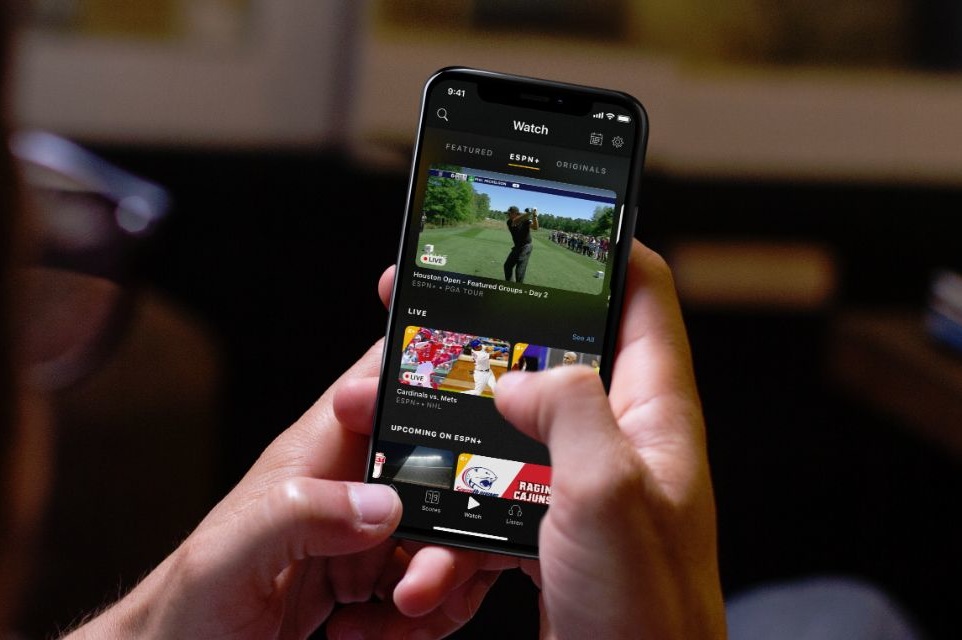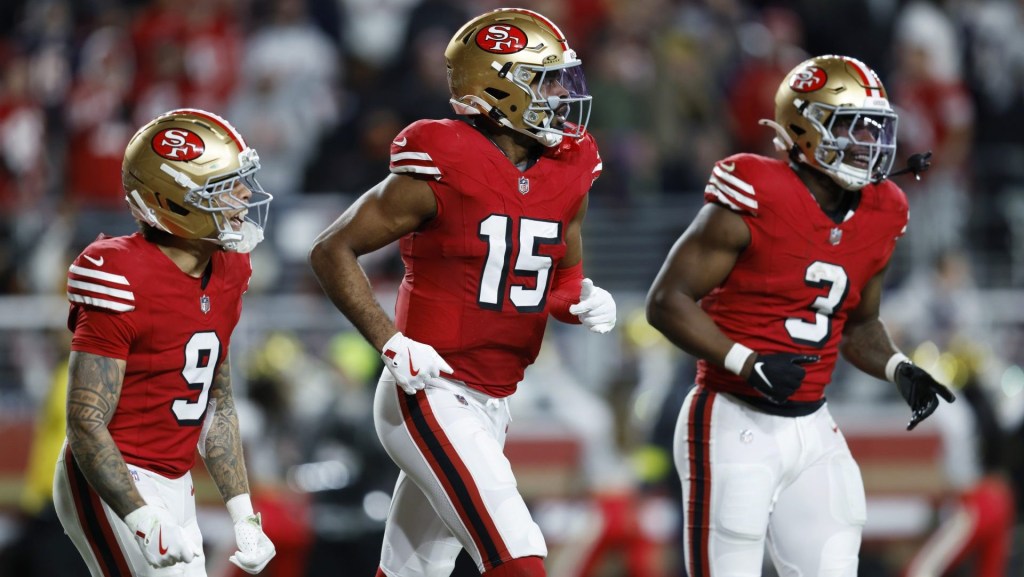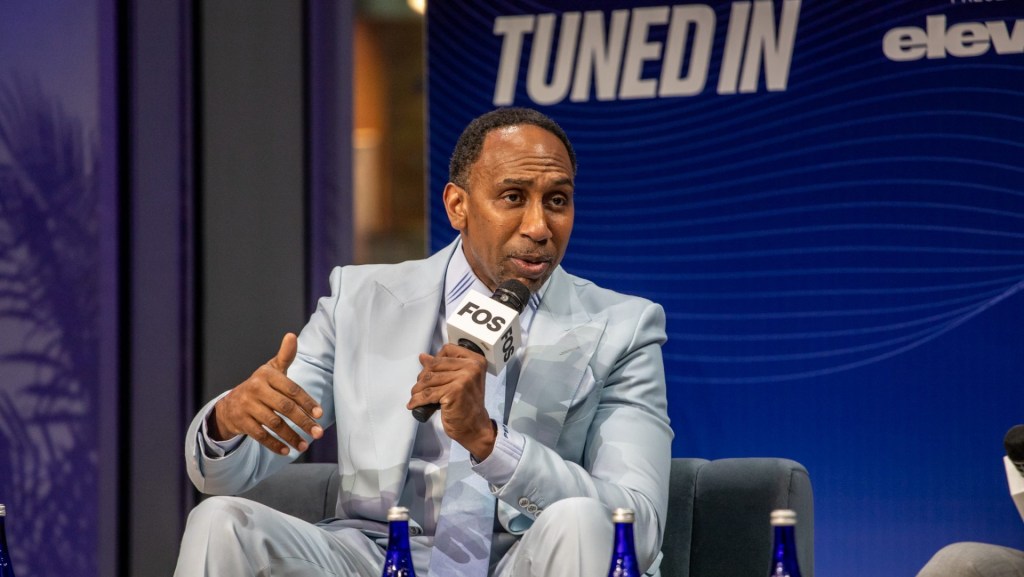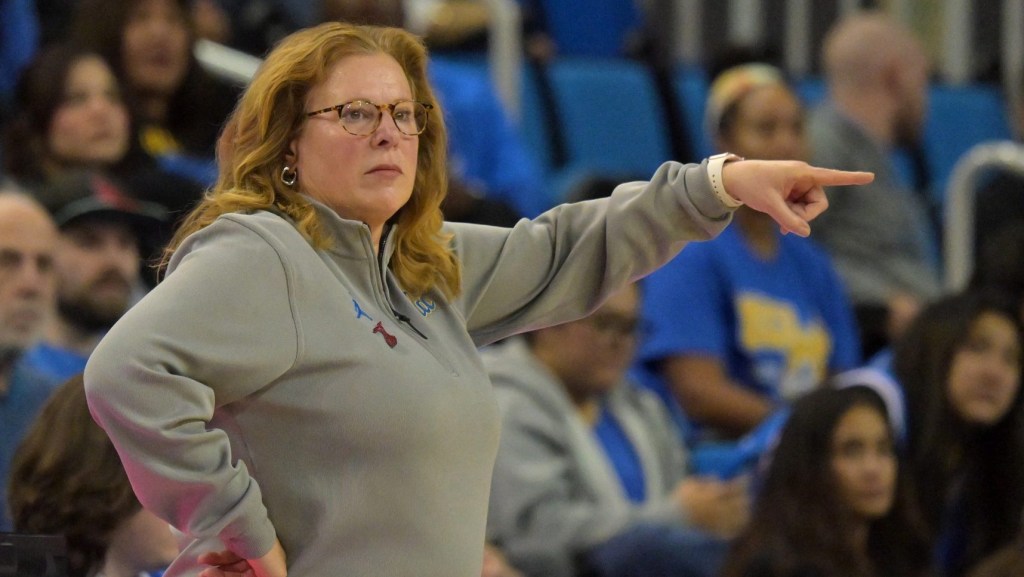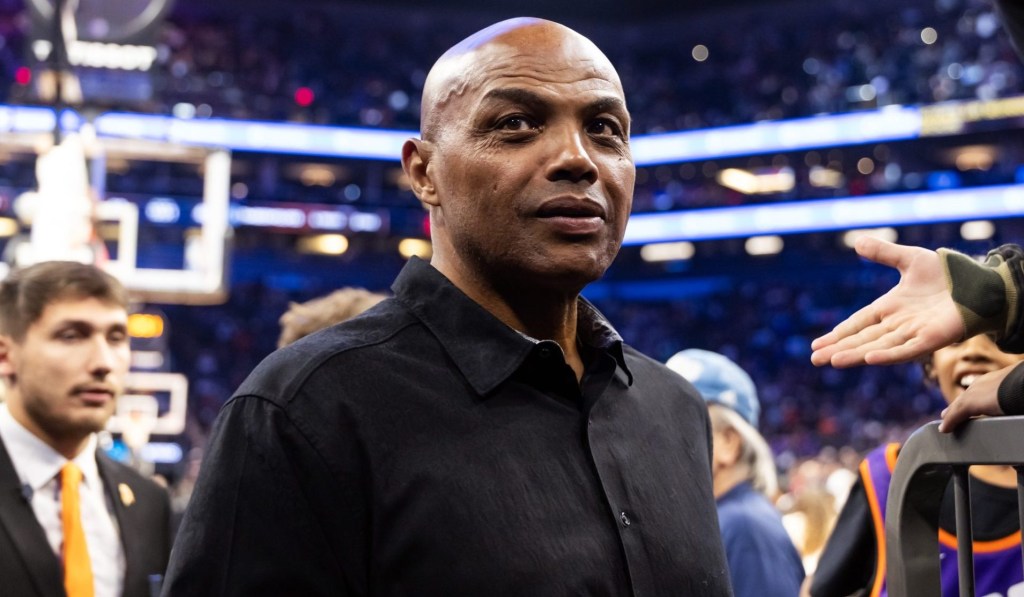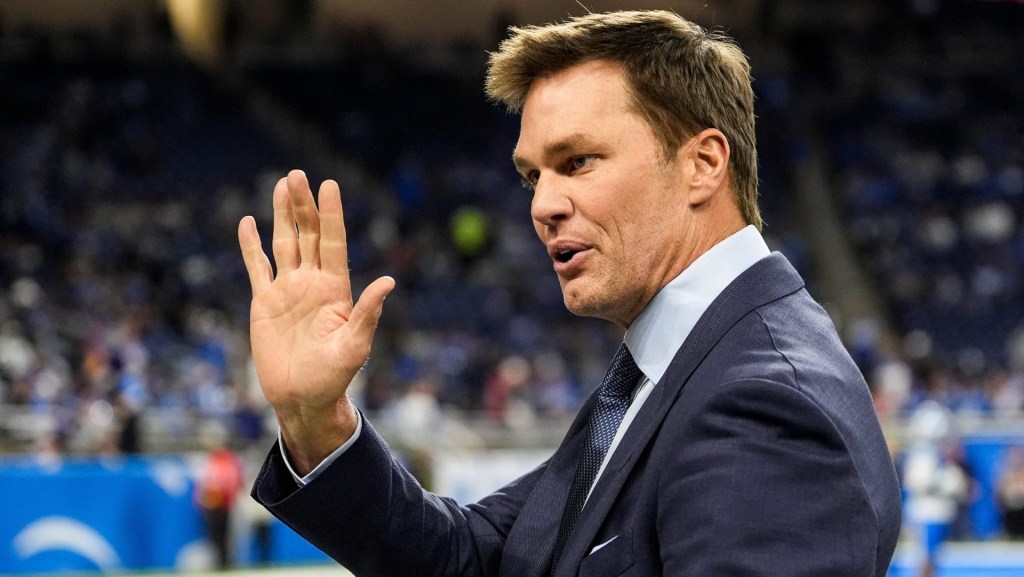The scores are free, but the analysis will cost you.
Last week, Disney announced impressive growth of its streaming and subscription businesses, which have helped keep the company profitable while it waits to fully reopen its famous amusement parks.
Disney+ got the bulk of attention as it closes in on 100 million subscribers, but the earnings report also showed significant growth for ESPN+, which now has 12.1 million subscribers — almost double the 6.6 million it had a year ago.
The company has sought to grow its subscriber base by placing more of its ESPN.com writers behind the ESPN+ paywall.
ESPN put all of its analytical sports writing behind the ESPN+ paywall in November, which affected 23 high-profile writers such as fantasy football analyst Matthew Berry and NBA writer Zach Lowe.
Many of the company’s writers were already exclusive to ESPN+ after the streaming service absorbed ESPN Insider subscribers in 2018, but the November reorg doubled the amount of ESPN+ exclusive writers.
Similarly, Sports Illustrated — which sold to Authentic Brands Group for $110 million in 2019 — introduced a paywall earlier this month.
In general, paywalls have been posited as a potential savior for media outlets in a volatile industry. A reported 76% of U.S. newspapers had paywalls in 2019, up from 60% two years earlier.
